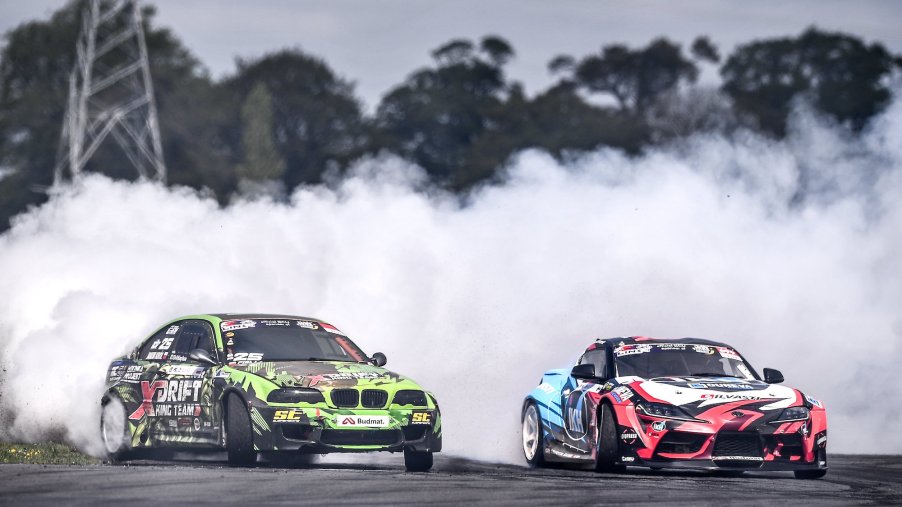
What’s the Difference Between Over and Understeer?
Driving is something millions of people do every day. There are many complex things about driving that the average driver probably isn’t aware of. For example, how a car handles is very important as drivers don’t want to lose control of their car. A big part of how a car handles is how it steers. When it comes to steering, some cars are prone to oversteering, while others can understeer, and here’s a look at what that all means for drivers.
The differences between oversteer and understeer

According to Wilson Motors, oversteer and understeer have a few things in common, as they both ultimately have to do with having less control over a car. The big difference is how you’re losing control. With oversteer, the car is steering more than you are steering with your steering wheel. With understeer, the opposite is happening. The car is steering less than you are steering with your steering wheel. Oversteers tend to happen in rear-wheel drive cars, while understeers tend to happen with front-wheel-drive cars.
Oversteering and understeering will feel different to the driver. With understeering, it feels like the car is going straight even if you are trying to make a turn. Oversteering, on the other hand, makes the rear of the car feel like it’s spinning when you are doing a turn. That said, unlike understeering, oversteering can be a fun sensation for some drivers. It’s a critical part of driving techniques like power sliding or drifting. However, too much oversteer can be disastrous as it can lead to a spinout.
Furthermore, there are differences in how a driver can regain control of their car. With an oversteer, a driver should avoid touching the brakes and instead ease the steering angle while taking their foot off the gas pedal. With an understeer, a driver should also ease off the gas pedal, but they should slowly apply the brakes.
What oversteer and understeer have in common
While there are a lot of differences between the two, there are also some similarities. As Wilson Motors wrote, both types of steering can happen due to a “difference in slip angle between the rear and front wheels.” The slip angle is the difference between where the wheels are heading and where the car is actually heading. This usually occurs when the car is going too fast, so it’s recommended to ease off the gas pedal in both situations.
Another similarity is that both can result in drivers losing control of their cars. How that can happen will be different depending on if it’s understeer or oversteer, but the result is usually the same. A driver, especially an inexperienced one, losing control of their car can cause an accident that may damage their car, the driver, and potentially others. This is all the more reason why drivers should drive safely at all times.
It’s imperative to practice highway safety while driving
Since speed is the primary cause of oversteer and understeer, like many other driving safety tips, it’s essential not to go too fast in your car. Going too fast can have a lot of other negative impacts on you and your car, and it can significantly reduce your fuel economy, too.
On top of that, driving fast is dangerous for you and everyone if a collision occurs. Speed is the big factor that determines how much damage happens, and slowing down can improve your chances and everyone else’s.



